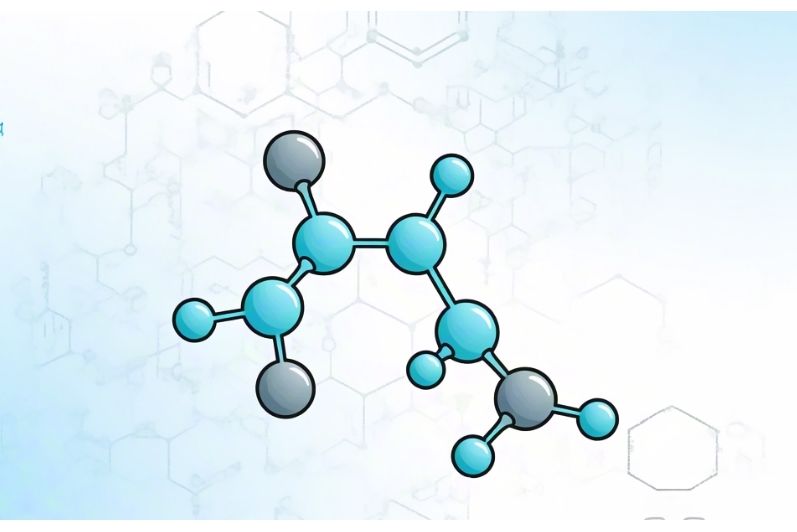Glycan-Mediated Host-Microbe Interaction Predictive Modelling Service
Decoding the Dance of Glycans: Unveiling Microbe-Host Interactions for Tomorrow's Health
Many host-microbe interactions rely on glycans, whose complex structures set them apart from protein interactions. Glycans on microbe glycoproteins help with attachment, stability, and immune evasion, yet they're also susceptible to the host immune system. Although highly diverse, there are shared features between host and bacterial glycans. Consequently, glycointeractions play a pivotal role in bacterial pathogenesis and host defenses against invading pathogens. CD BioGlyco's glycan-mediated host-microbe interaction predictive modelling service focuses on glycan interactions with host immunity. The predictive modelling service can explore these intricate interactions to provide valuable data for disease prevention and treatment strategies.
 Fig.1 Interactions of glycans between the host and virus. (Miller, et al., 2021)
Fig.1 Interactions of glycans between the host and virus. (Miller, et al., 2021)
Our predictive modelling service represents a cutting-edge approach to understanding and predicting the intricate interplay between hosts and microbes at the molecular level. Our forecasting strategy includes learning methods, bioinformatics tools, and a large glycan database to utilize the evolutionary information in glycans for predictive purposes in studying host-microbe interactions.
- The predictive modelling process begins with the collection and analysis of glycan datasets from both hosts and microbes. We use known interaction data compiled through high-throughput experimental methods or from the literature as our reference for supervised machine learning methods in predicting glycan-mediated host-microbe interaction. These datasets are accurate and reliable sources of interaction information, which help us train machine learning models to identify potential protein-glycan interaction pairs.
- Next, we employ state-of-the-art machine learning algorithms, such as recurrent neural networks (RNNs), convolutional neural networks (CNNs), and graph neural networks (GNNs), to train predictive models on the annotated glycan datasets. These models are trained to recognize patterns and correlations within the glycan sequences and their associated biological activities, such as pathogen virulence or host immune response modulation.
- The trained models undergo rigorous validation procedures to ensure their robustness and accuracy in predicting glycan-mediated host-microbe interactions. Validation involves assessing the models' performance on independent test datasets and comparing their predictions with experimental observations from published studies. Through iterative refinement and optimization, we continuously improve the predictive accuracy and generalizability of our models.
- We input glycan sequences of interest and receive predictions on various aspects of host-microbe interactions.
- Our model allows visualization of similarities between glycans and prediction of glycan properties like human immunogenicity and pathogenicity.
- Our model helps to predict the taxonomic origin of glycans, enabling evolution-informed representations of glycans.
- Our model helps analyze glycan motifs potentially involved in molecular mimicry-mediated immune evasion by commensals and pathogens.
- Our model can be used to research the mechanism for the enhanced virulence associated with these glycan motifs.
By predicting these details, glycans can be identified for their role as mediators between hosts and microbes. These tools provide a robust and adaptable platform for investigating and comprehending the role of glycans in host-microbe interactions.

Publication Data
Technology: Machine learning, Data/Literature mining
Journal: Frontiers in Microbiology
Published: 2021
IF: 5.2
Results: In this study, authors discussed the role of the microbiome in influencing various host functions and its implications in chronic diseases like diabetes, cancer, and inflammatory bowel diseases. It highlights the molecular mechanisms between microbial and host components and the use of high-throughput technologies to study microbiome-host interactions. Additionally, it emphasizes the development of computational biology and machine learning methodologies to analyze these interactions, identify affected downstream host processes, and integrate different types of -omic datasets for functional interpretation. The review also explores opportunities for basic and clinical research, including the development of biomarkers, therapeutic interventions, and patient stratification.
Advantages
- Our research team incorporates diverse learning methods, bioinformatics tools, and a comprehensive glycan database to leverage evolutionary information in glycans for predictive analysis of host-microbe interactions.
- We integrate state-of-the-art machine learning algorithms like RNNs, CNNs, and GNNs to train predictive models on annotated glycan datasets.
- Our researchers ensure the robustness and accuracy of predictive models through rigorous validation procedures involving independent test datasets and comparison with experimental observations.
Applications
- Our service provides valuable data for disease prevention and treatment strategies by predicting and understanding the complex interactions between hosts and microbes.
- Our service can be used for studying disease transmission pathways and proposing corresponding control strategies by analyzing the role of glycans in microbial pathogenicity and host immune responses.
- Our service can be utilized to develop and research new diagnostic methods and treatment approaches, for precise interventions targeting glycan interactions between hosts and microbes.
Frequently Asked Questions
- What are the other methods available to analyze glycan-mediated host-microbe interaction?
Glycan Arrays are also utilized for empirical investigation of glycan-mediated host-microbe interactions.
- Which microbe-host interactions can we analyze?
- Bacteria-animal interactions
- Viruses-animal interactions
- Fungi-animal interactions
- Bacteria-plant interactions
- Viruses-plant interactions
- Fungi-plant interactions
CD BioGlyco provides predictive models to gain novel insights into complex biological systems. Our Glycan-Molecular Interaction Analysis Service uses a powerful platform for researching the role of glycans and unlocking the mechanism of host-microbe interactions. By combining cutting-edge computational methods with interdisciplinary collaboration, we strive to accelerate scientific discovery and innovation in the field of glycobiology. If you are interested in our glycoinformatics service, please contact us.
References
- Miller, N.L.; et al. Glycans in virus-host interactions: a structural perspective. Frontiers in Molecular Biosciences. 2021, 8: 666756.
- Sudhakar, P.; et al. Computational biology and machine learning approaches to understand mechanistic microbiome-host interactions. Frontiers in Microbiology. 2021, 12: 618856.
For research use only. Not intended for any diagnostic use.
Quick Links
Related Services


 Fig.1 Interactions of glycans between the host and virus. (Miller, et al., 2021)
Fig.1 Interactions of glycans between the host and virus. (Miller, et al., 2021)



